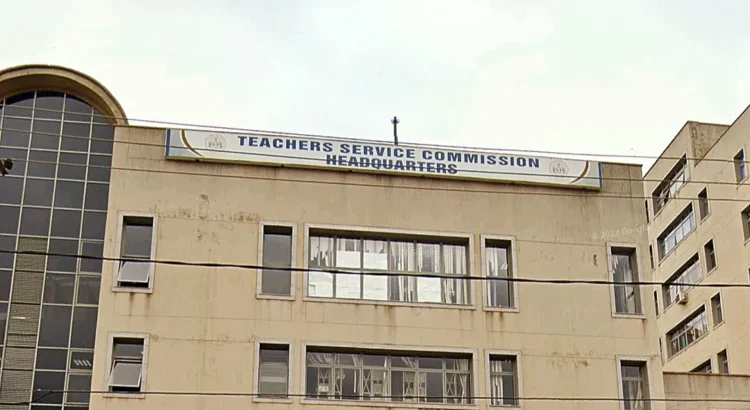Major Teacher Transfers Loom Ahead of Senior School Rollout.
A sweeping reshuffle of secondary school teachers is likely as schools gear up to welcome the first cohort of Senior School students in January. The Ministry of Education, through its document National Report: County-Based Dialogue on Education Quality and Learning Outcomes in Competency-Based Education (CBE), has outlined a strategy to guide the transition from Junior to Senior Secondary levels. Central to this strategy is a proposal to redistribute teachers to address widespread staffing shortages.
The plan recommends reallocating teachers depending on the pathways schools intend to offer, potentially resulting in thousands of transfers across counties and regions. The redistribution is seen as critical to ensuring that all learning areas, particularly those newly introduced under the Competency-Based Curriculum, are adequately staffed.
The Ministry’s report highlights severe shortages in technical and vocational education subjects. Schools are reportedly struggling to find enough qualified teachers, especially in Science, Technology, Engineering, and Mathematics (STEM). This shortfall raises concerns about the effectiveness of teaching and learning at the Senior School level.
Stakeholders emphasized in the report that the shortage extends to specialized fields such as Music under Creative Arts, Special Needs Education (SNE), and Pre-Technical Studies. They stressed that without urgent intervention, the quality of education could be compromised as the country shifts to a more skills-based approach.
Potential for Controversy and Pushback
If enforced, the redistribution could provoke significant controversy, echoing past instances where mass teacher transfers stirred public uproar. The Teachers Service Commission (TSC) would be tasked with implementing the transfers, a responsibility that could again place it at odds with teachers’ unions and school communities.
In 2018, a similar move under the TSC’s delocalization policy ignited widespread protests. Teachers were transferred away from their home counties to promote national integration, but the initiative faced heavy criticism. Many educators reported suffering family separations, psychological distress, financial hardships, and struggles adjusting to unfamiliar cultural settings.
At that time, the Kenya National Union of Teachers (KNUT) accused the government of enforcing the policy without proper dialogue. KNUT officials maintained that the transfers seemed punitive rather than progressive. One official voiced the union’s concerns, saying they demanded that “family consideration be put in place” and insisted that “affected teachers be moved within their locality.”
Read Also: Teachers and Their Dependents Now Covered Under SHA, Duale Confirms
Memories of the 2018 controversy still linger among educators and union leaders. Many fear a repeat of the hardships experienced under the earlier policy. A senior union leader pointed out that transferring teachers far from their families had not only strained personal lives but had also affected the overall performance of teachers in their new stations.
The Ministry of Education faces a delicate balancing act: addressing the urgent need for qualified teachers in emerging disciplines while avoiding the pitfalls that marred previous mass transfer exercises. As January approaches, the education sector awaits further clarification on how the redistribution plan will be managed to minimize disruption and maintain teacher morale.
Major Teacher Transfers Loom Ahead of Senior School Rollout.



Discussion about this post